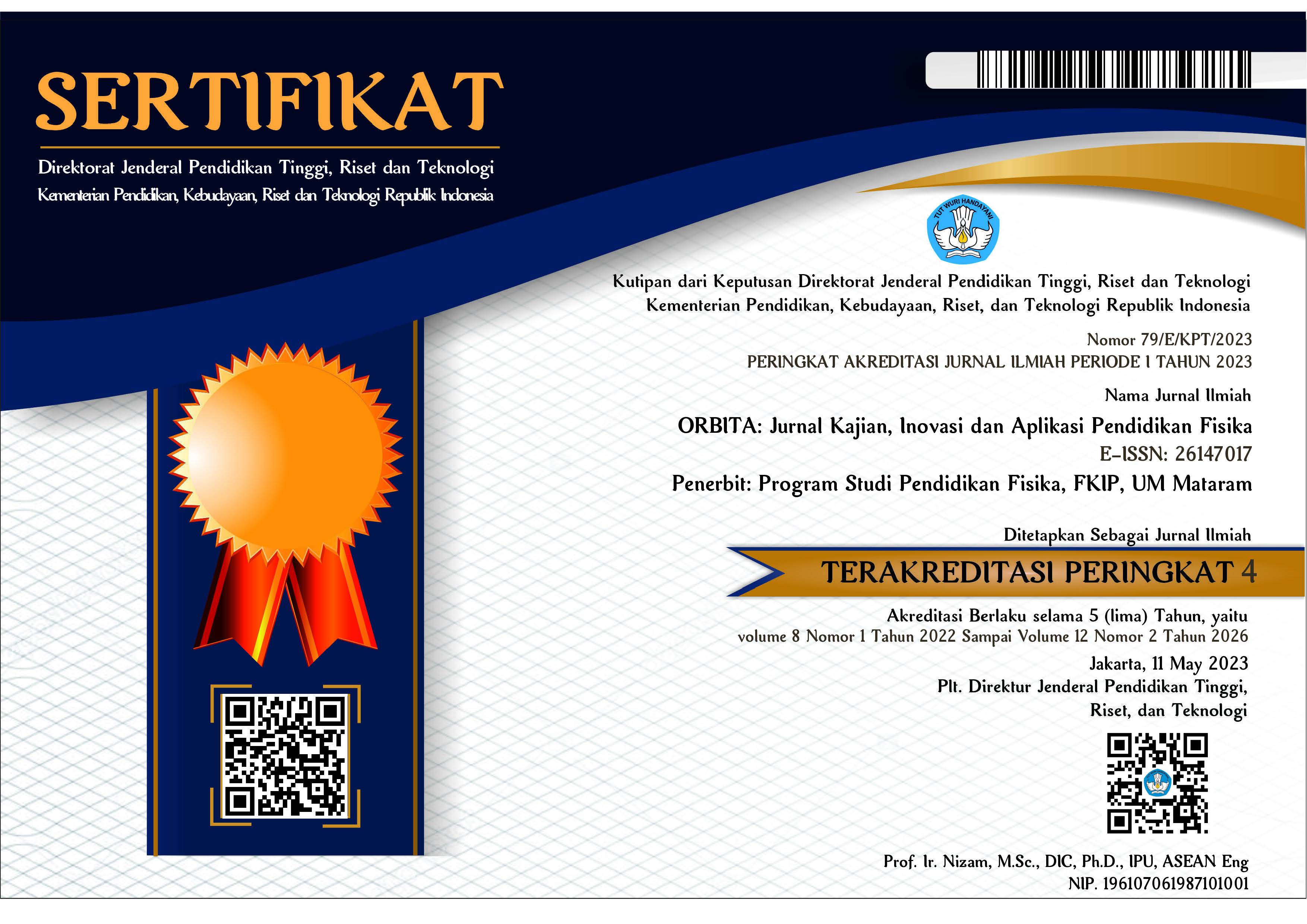PENGARUH PENERAPAN OZON DARI DOUBLE DIELECTRIC BARIER DISCHARGE PLASMA UNTUK MENJAGA KESEGARAN JAMUR TIRAM PUTIH (PLEUROTUS OSTREATUS )
Abstract
ABSTRAK
Jamur tiram putih (Pleurotus ostreatus) merupakan salah satu produk makanan yang mudah mengalami kerusakan dan mempunyai waktu simpan pendek yaitu 1-2 hari. Produksi jamur tiram di Indonesia semakin tahun mengalami peningkatan sehingga dibutuhkan alternatif dalam menjaga umur simpan pada jamur. Salah satu teknologi yang masih terus berkembang adalah teknologi plasma ozon. Teknologi ini menggunakan plasma dingin untuk menghasilkan ozon (O3). Baru-baru ini, beberapa peneliti telah mengembangkan teknologi ozon untuk mejaga umur simpan pada produk pasca panen hortikultura. Penelitian bertujuan untuk mengetahui pengaruh penyimpanan jamur tiram putih (Pleurotus ostreatus) dengan teknologi plasma ozon yang dibangkitkan dengan teknik Double Dielectric Barrier Discharge Plasma (DDBDP). Hasil kosentrasi ozon pada penelitian ini yaitu 65 ppm dengan kapasitas ozon sebesar 5.85 gram/jam pada flowrate 1.5 (L/min) dan tegangan 9,5 kV. Ozon dialirkan ke dalam plastik yang berisi sampel jamur pada perlakuan (5, 10, 15, 20 dan 25) menit. Berdasarkan hasil uji perubahan susut yang dilakukan, diperoleh perubahan susut tidak terlalu significant mengalami penurunan pada perlakuan ozone 20 menit dan 25 menit.
Kata kunci: Jamur tiram; ozone; Double Dielectric Barrier Discharge Plasma; produk hortikultura
ABSTRACT
White oyster mushroom (Pleurotus ostreatus) is a food product that is easily damaged and has a short shelf life of 1-2 days. The production of oyster mushrooms in Indonesia is increasing every year so that an alternative is needed to maintain the shelf life of mushrooms. One technology that is still developing is plasma ozone technology. This technology uses cold plasma to produce ozone (O3). Recently, several researchers have developed ozone technology to maintain shelf life in post-harvest horticultural products. This study aims to determine the effect of storing white oyster mushrooms (Pleurotus ostreatus) with ozone plasma technology generated by the Double Dielectric Barrier Discharge Plasma (DDBDP) technique. The results of the ozone concentration in this study were 65 ppm with an ozone capacity of 5.85 grams/hour at a flowrate of 1.5 (L/min) and a voltage of 9.5 Kv. Ozone was flowed into a plastic containing mushroom samples in the treatment (5,10,15, 20 and 25) minutes. Based on the results of the shrinkage change test carried out, it was found that the shrinkage change was not too significant and decreased in the 20 minute and 25 minute ozone treatment
Keywords: Oyster mushroom; ozone; Double Dielectric Barrier Discharge Plasma; horticultural products.
Keywords
Full Text:
PDFReferences
Sasmita. E., Eko. Y., Maryam. R., Ade., I., S, (2018), Effects of ozone-washing in a series of ozonation methods for inhibition of total microbial growth in some varieties of chili (Capsicum annuum L.), IOP Conference Series MaterialScience and Engineering 434:012020
Cheung, F., (2012). Plant genetics: The lingzhi mushroom genome. Nature China.
Khadre, M. A., Yousef, A.E., Kim, J.G., (2001), Microbiological Aspect of Ozone Application in Food, Journal of Food Sience 66, No. 99. Pp 1-9
Ika, A. S., Eko.Y., Fajar.A., Eva.S., (2018), Ozone application to extend shelf life of vegetables by microbial growth inhibition, MATEC Web of Conference 197(5);02004
Nur, Muhammad., (2011), Fisika Plasma dan Aplikasi, Undip press , Universitas Diponegoro, Semarang.
Nur, Muhammad., Susan, I. K., Muhlisin, Z., Arianto, F., Kinandana, W.A., Nurhasanah, L., Sumariyah, S., Wibawa. J.P., Gunawan, G., Usman, A. (2017). Evaluation of Novel Integrated Dielectric Barrier Discharge Plasma as Ozone Generator, Bulletin of Chemical Reaction Engineering & Catalysis, pp 24-31
Vostrovsky, V. and E. Jablonska, (2007). Mushroom growing with informationsupport as opportunity for the developing countries. Agricultura Tropica et Subtropica, 4(3), 120-125
DOI: https://doi.org/10.31764/orbita.v7i2.6126
Refbacks
- There are currently no refbacks.

This work is licensed under a Creative Commons Attribution-ShareAlike 4.0 International License.
______________________________________________________
ORBITA: Jurnal Pendidikan dan Ilmu Fisika
p-ISSN 2460-9587 || e-ISSN 2614-7017
This work is licensed under a Creative Commons Attribution-ShareAlike 4.0 International License.
EDITORIAL OFFICE:


























